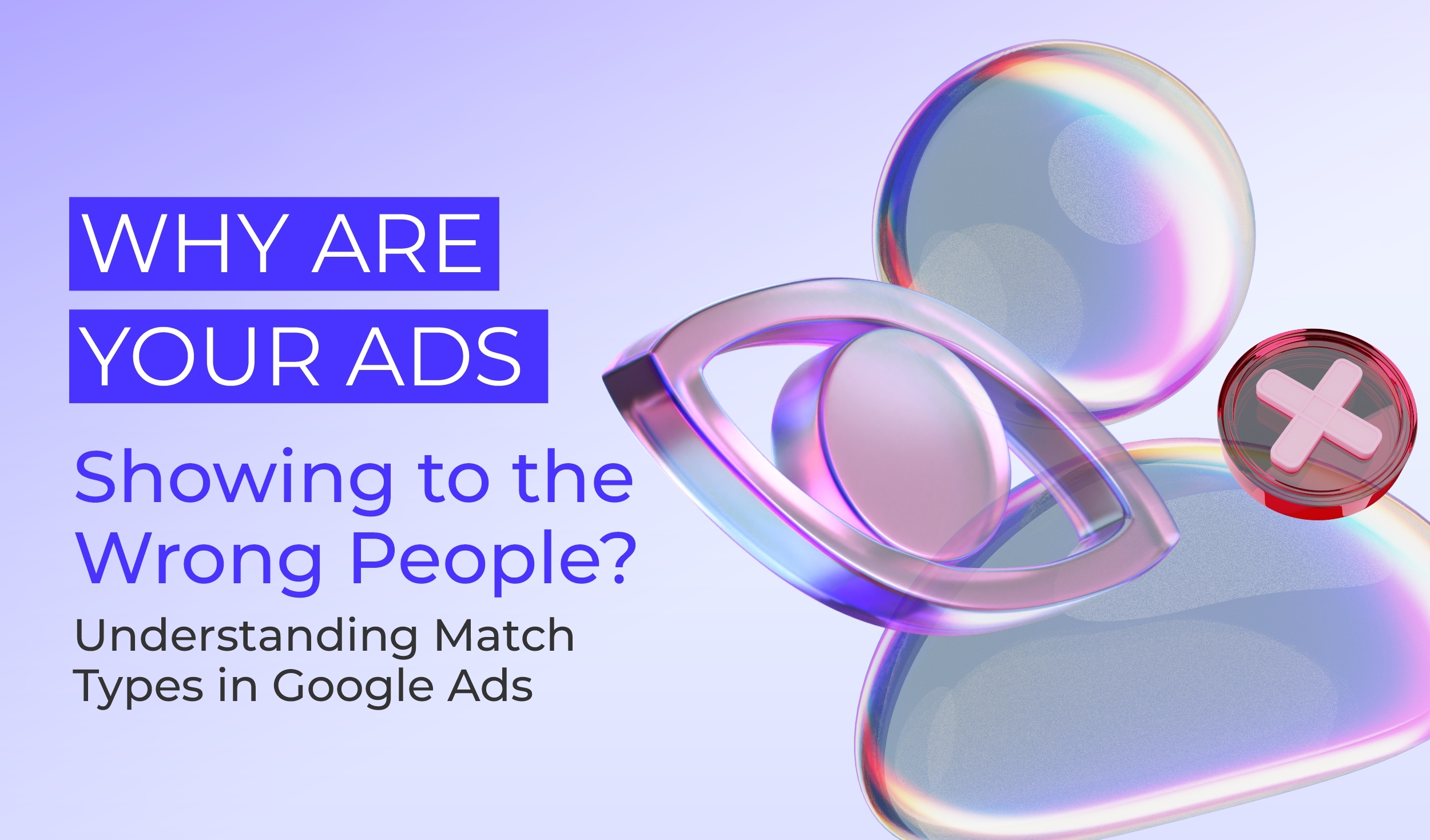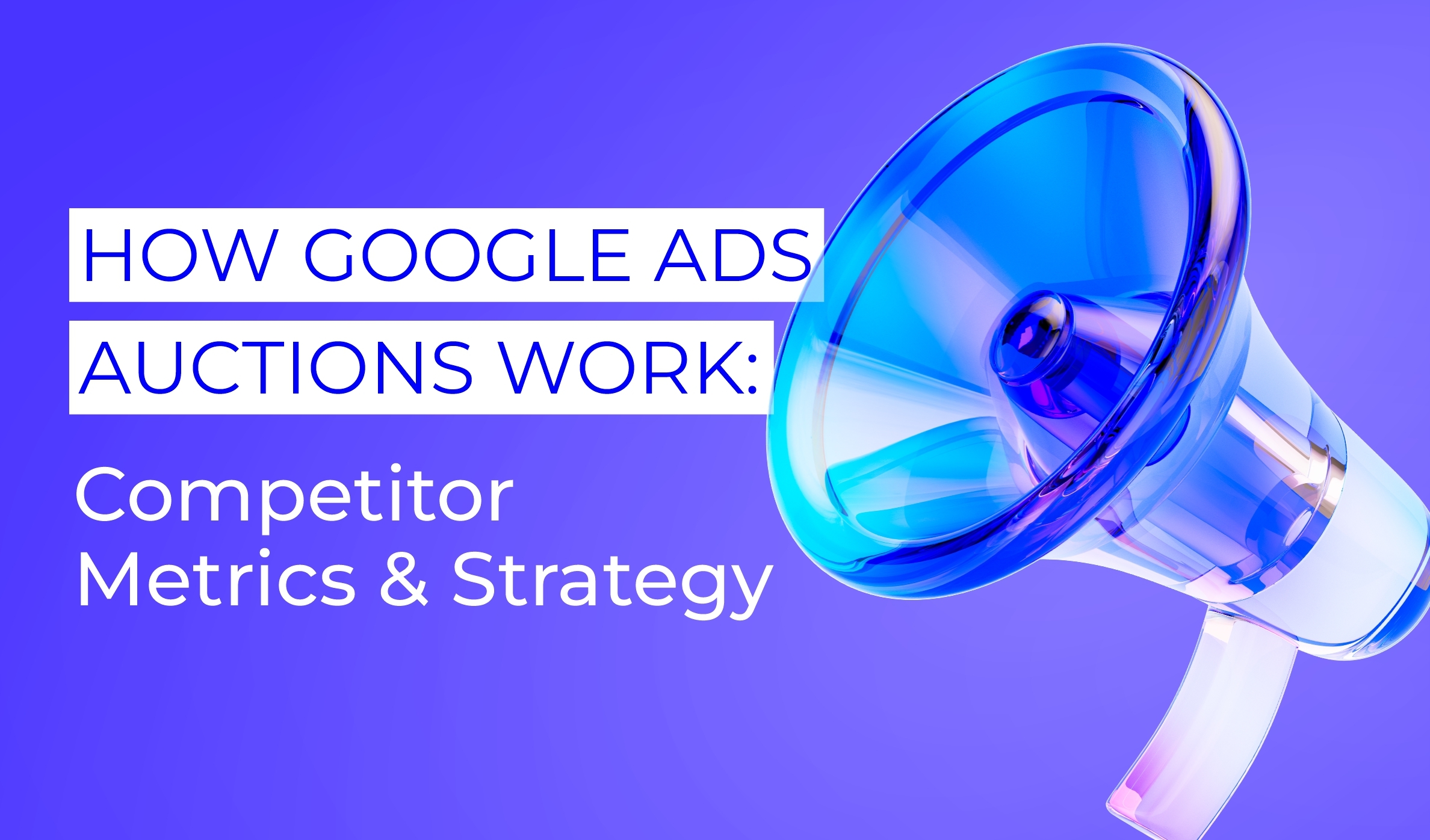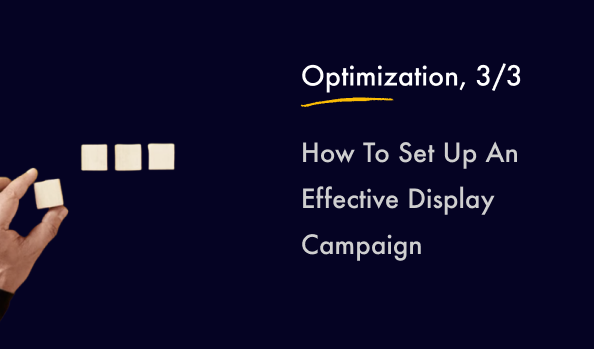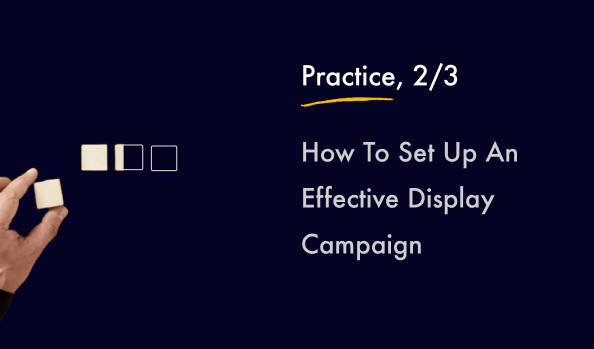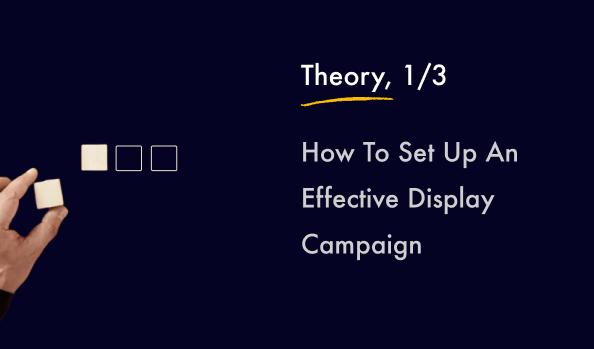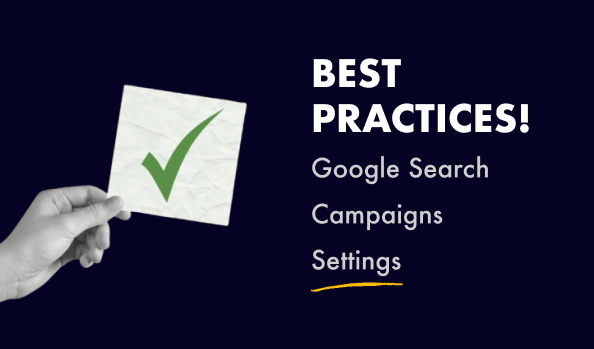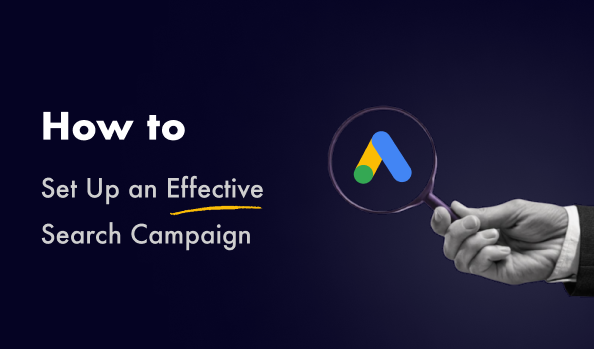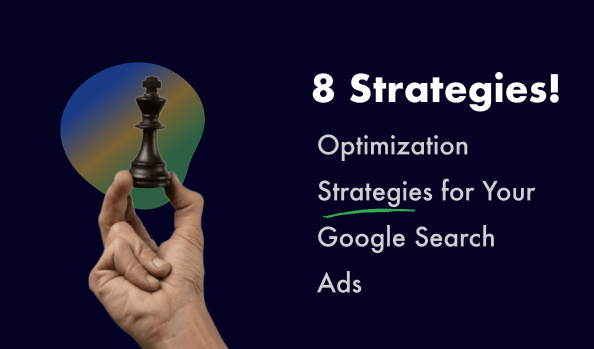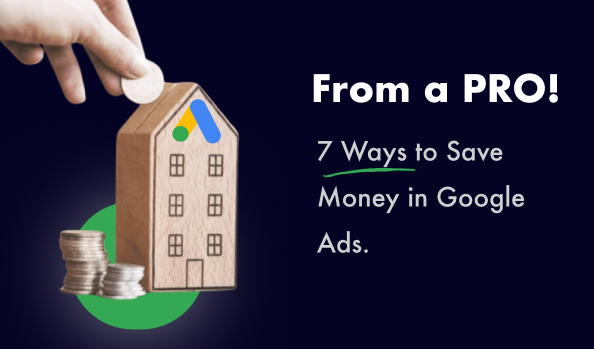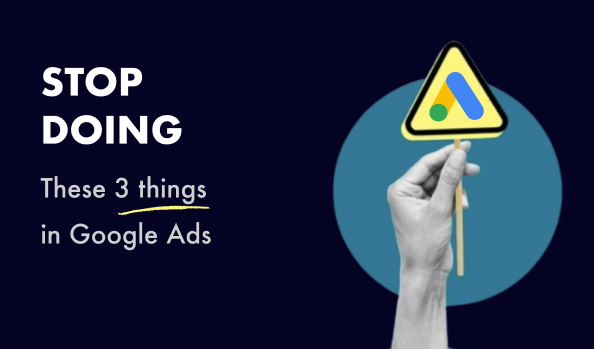Introduction
You set up your campaign, carefully select keywords, adjust bids… and then check the report—something isn’t right. Your ad is being shown to people who aren’t even looking for your product.
Why does this happen? The key lies in keyword match types. They determine how flexibly Google interprets your keywords and who actually sees your ads. If you don’t get this right, you could either miss out on valuable customers or waste money on irrelevant clicks.
In this guide, we’ll break down the different match types for keywords and negative keywords, how they work, and how to use them to make your campaigns more effective and cost-efficient.
Keyword Match Types
By default, when you add keywords to Google Ads, the system doesn’t treat them strictly—instead, it allows for a certain degree of flexibility. Google analyzes user searches and decides how similar they are to your keywords. Sometimes this helps, but sometimes it results in completely irrelevant searches.
Let’s go over the different match types and how they work.
🔹 Broad Match
This match type gives you the widest reach, but you need to be careful—Google may show your ad for searches that are only loosely related to your keyword.
📌 Example keyword: “running shoes”
🔍 Your ad may appear for searches like:
✔ “best shoes for jogging”
✔ “sports footwear deals”
✔ “Nike sneakers for training”
⚠ But it may also show for unrelated searches like:
✖ “how to choose running shoes”
✖ “cheap dress shoes”
💡 When to use it?
🔹 If you want to reach a broad audience and discover new keyword opportunities.
🔹 If you have a well-optimized negative keyword list to filter out irrelevant searches.
This option is best if you’re actively monitoring search terms and adjusting your campaign based on performance.
🔹 Phrase Match
Phrase match gives you more control over your ad triggers while still allowing some flexibility.
📌 Example keyword: “running shoes”
🔍 Your ad may appear for searches like:
✔ “best running shoes for beginners”
✔ “buy running shoes online”
⚠ But it won’t appear if the meaning changes, such as:
✖ “trail running shoes for hiking”
✖ “how to clean running shoes”
💡 When to use it?
🔹 If you want to balance reach and relevance.
🔹 If you need some flexibility but don’t want completely unrelated searches.
Phrase match is a go-to choice for many advertisers because it helps maintain a strong balance between reach and precision.
🔹 Exact Match
This match type offers maximum control, ensuring that your ad is shown only for specific queries or very close variations.
📌 Example keyword: [running shoes]
🔍 Your ad will only appear for searches like:
✔ “running shoes”
✔ “buy running shoes”
⚠ It won’t show for:
✖ “best jogging sneakers”
✖ “sports footwear sale”
💡 When to use it?
🔹 If you have a limited budget and need highly relevant traffic.
🔹 When you want your ads to appear only for well-defined, high-intent searches.
This type works well in competitive industries, where controlling costs and avoiding irrelevant clicks is essential.
The Best Approach? Use a Combination!
The most effective strategy is to combine phrase match and exact match within the same campaign.
🔹 Phrase match ensures you don’t miss valuable searches that are phrased slightly differently.
🔹 Exact match keeps you visible for your most important, high-converting queries.
By using both, you can optimize your budget and find the most profitable keywords without wasting money on low-intent traffic.
However, even with the right match types, your ads may still appear for unwanted searches. How do you prevent that?
Negative Keyword Match Types
Negative keywords allow you to block irrelevant searches and prevent wasted ad spend. They work similarly to regular keywords, but instead of targeting, they exclude specific queries from triggering your ads.
Here’s how different match types work for negative keywords.
🔹 Broad Match for Negative Keywords
Negative broad match excludes all queries that include the given word, but here’s the catch: Google does not automatically account for different word forms.
📌 Example negative keyword: -cheap
🔍 Your ad won’t show for searches like:
✖ “cheap running shoes”
✖ “where to buy cheap sneakers”
⚠ But it might still show for:
✔ “cheaper running shoes”
✔ “discounted running sneakers”
💡 Important!
To exclude all variations, add each form of the word separately, like this:
✔ -cheap
✔ -cheaper
✔ -cheapest
🔹 Phrase Match for Negative Keywords
With phrase match, your ad won’t appear if the search includes the exact phrase, in the same order.
📌 Example negative keyword: -“cheap running shoes”
🔍 Your ad won’t show for:
✖ “where to buy cheap running shoes”
✔ But it may still show for:
✔ “cheap sneakers for jogging”
Use this type when you want to block specific word combinations but still allow for some variations.
🔹 Exact Match for Negative Keywords
This type only blocks the exact query you specify—no variations.
📌 Example negative keyword: [-cheap running shoes]
🔍 Your ad won’t show for:
✖ “cheap running shoes”
✔ But it may still show for:
✔ “discounted running shoes”
This match type is useful for refining your exclusions while keeping some search variations active.
Final Thoughts: Choosing the Right Match Type
Choosing the right match type is more than just a technical detail—it’s a crucial factor in optimizing your ad performance.
✔ Want maximum reach? Use broad match, but make sure to monitor and adjust with negative keywords.
✔ Need a balance of reach and control? Phrase match is your best bet.
✔ Prefer high precision and no wasted budget? Use exact match for laser-focused targeting.
✔ Avoid unwanted clicks by carefully setting up negative keywords.
The key to success? Analyze search term reports regularly and tweak your keyword strategy based on performance. Google Ads isn’t a “set-it-and-forget-it” platform—it’s all about constant optimization.
Now that you know how to fine-tune your match types, your ads will reach the right audience without draining your budget!
Optimyzee creates ad campaigns by independently collecting relevant keywords and running them in phrase and exact match. Try it for the best growth of your business!
